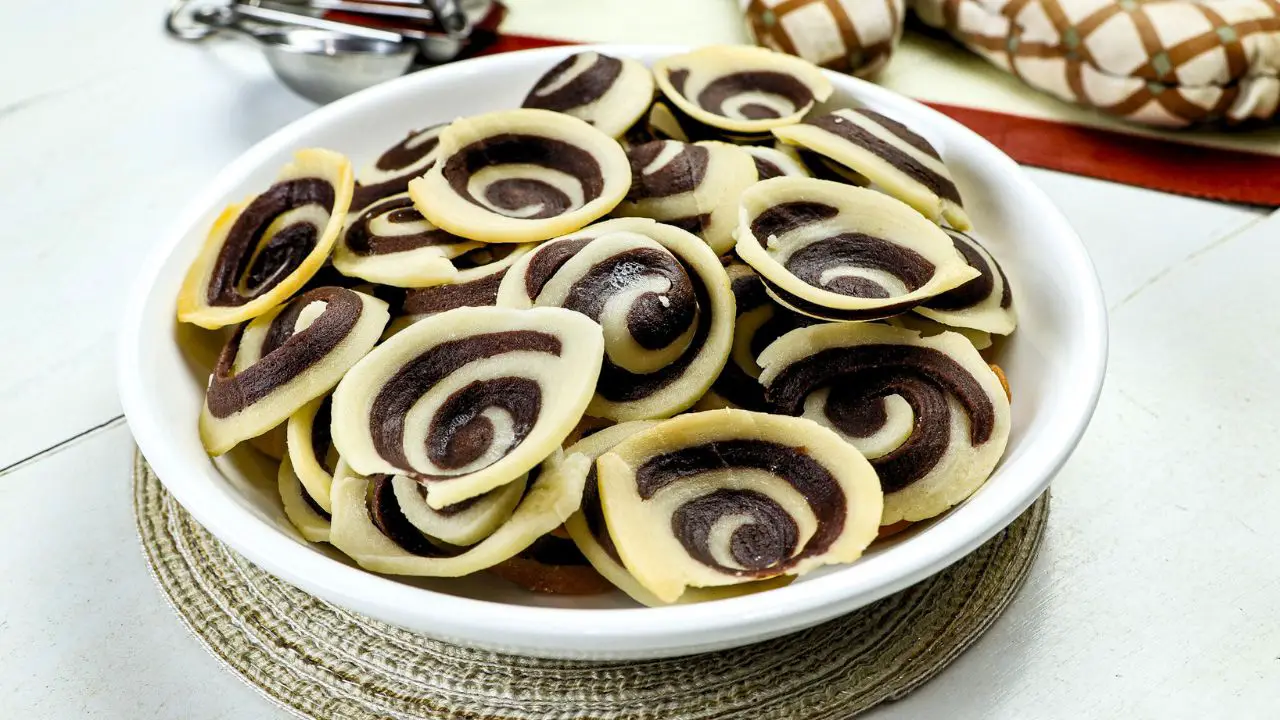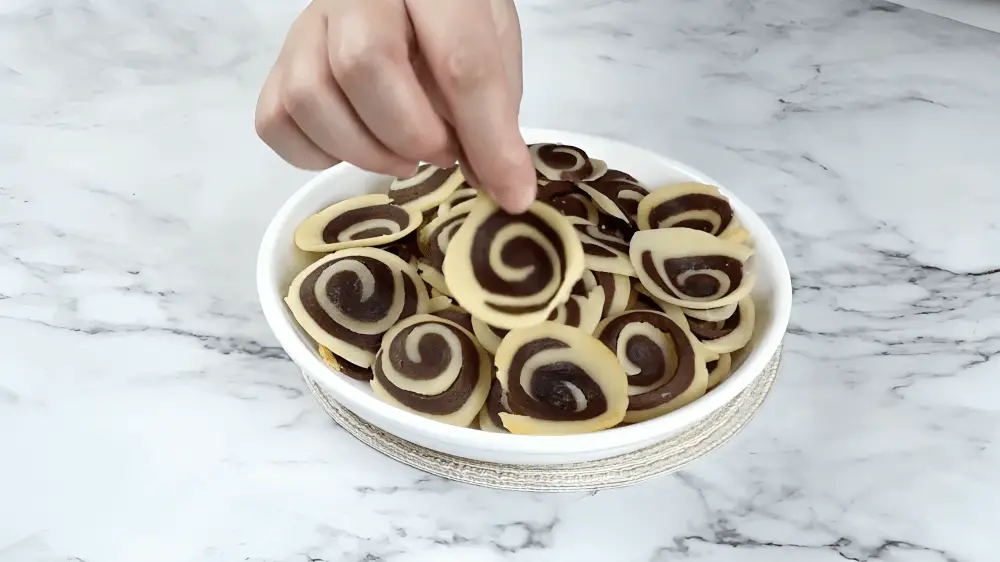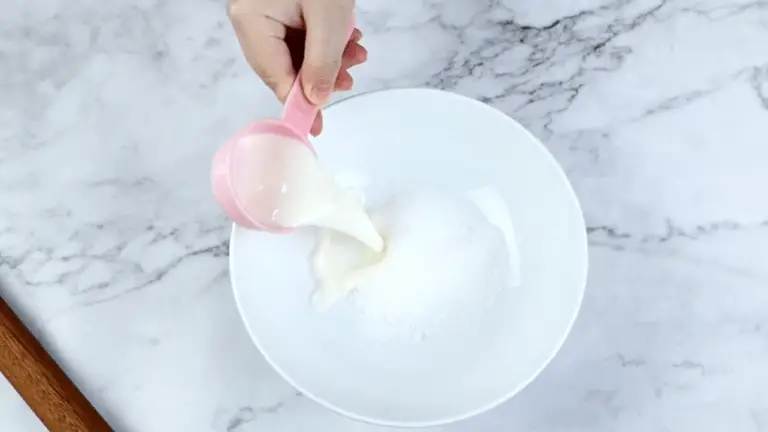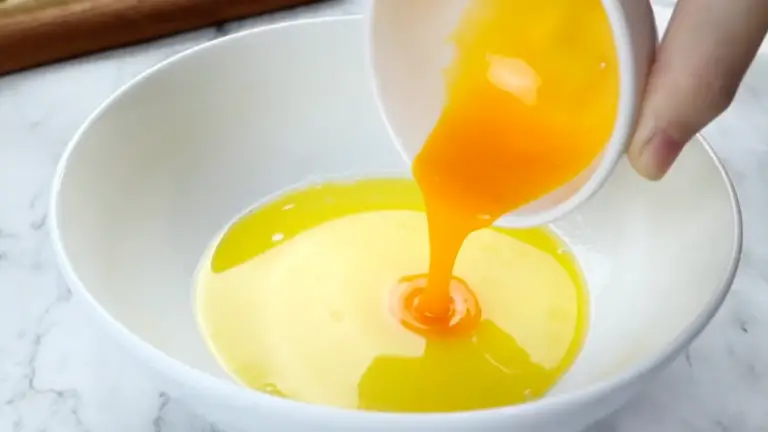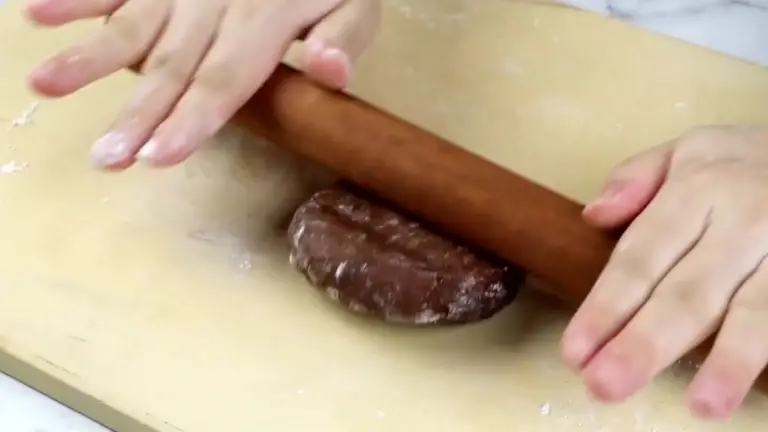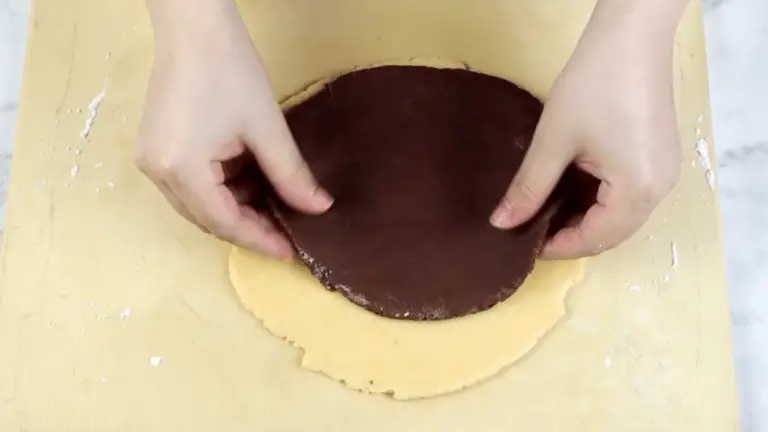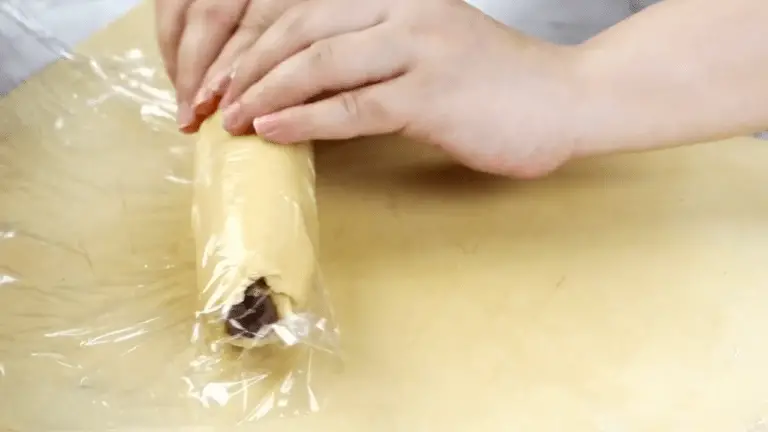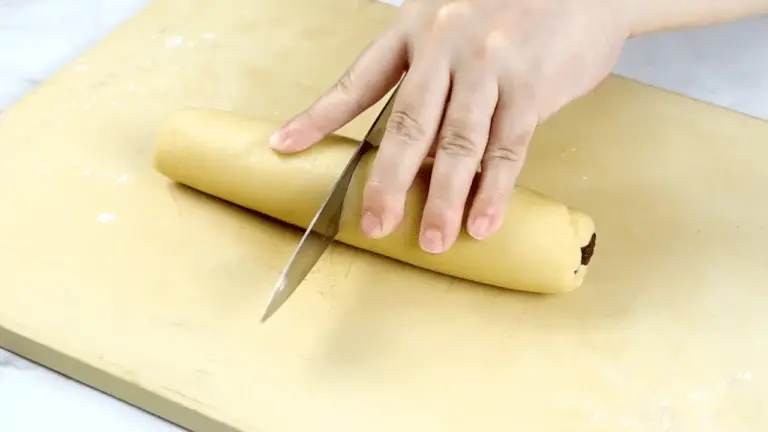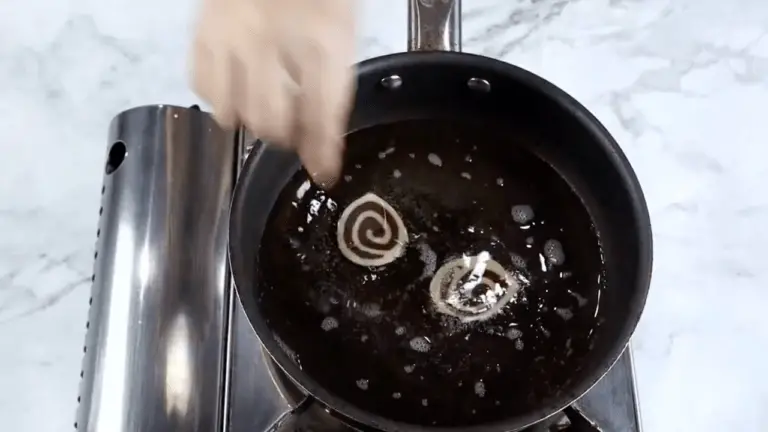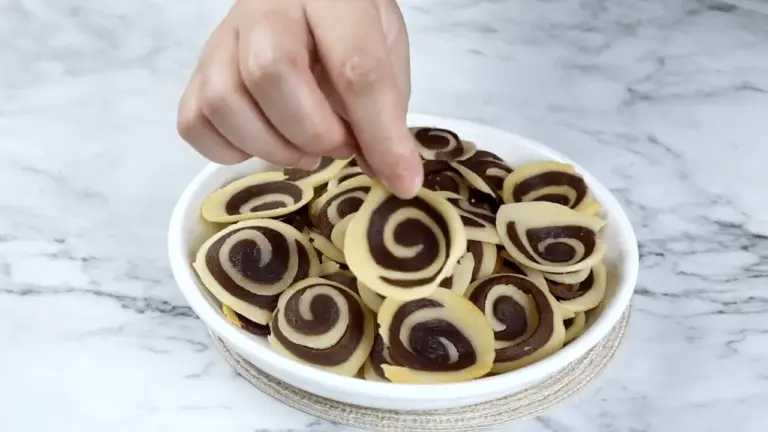If you’re anything like me, always on the lookout for new and exciting recipes, then you’re going to love these traditional Vietnamese cookies. These Vietnamese Pig’s Ear Cookies, or Bánh Tai Heo, are crispy, sweet treats with a hint of coconut and cacao that are absolutely delicious.
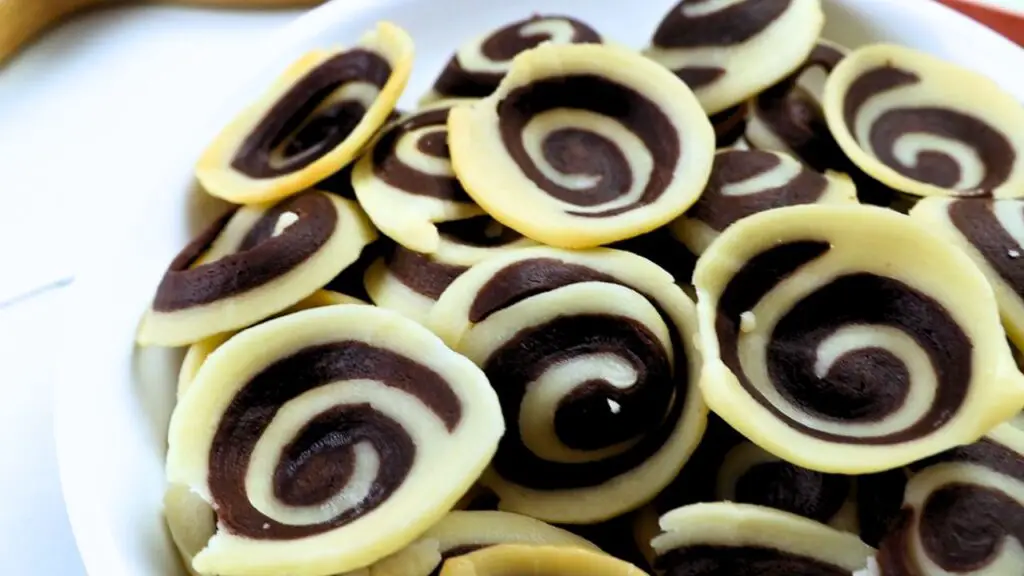
These Vietnamese cookies are not only fun but are super easy to make, these are no-bake. Trust me, once you try these crunchy snacks, they might just become your new favorite cookie!
Want to see how it’s done? Take a quick peek at this video tutorial below before you dive into the recipe. Believe me, it’s easier than you think!
Why Bánh Tai Heo are So Special
Bánh Tai Heo, or Pig’s Ear Cookies, are more than just a snack in Vietnam. They symbolize good luck and are a hit during Tết, the Lunar New Year.
These crispy, pig’s ear-shaped cookies are made by families who pass down recipes and techniques. Their sweet coconut flavor and crunch remind many of family gatherings and festive times. Even with new twists on the recipe, Bánh Tai Heo stay true to their roots, connecting people to Vietnam’s rich food culture.
Did You Know? Unlike many other cookies, Bánh Tai Heo are typically deep-fried rather than baked, which gives them their distinctive crispy texture and golden color.
What to Serve with Pig’s Ear Cookies
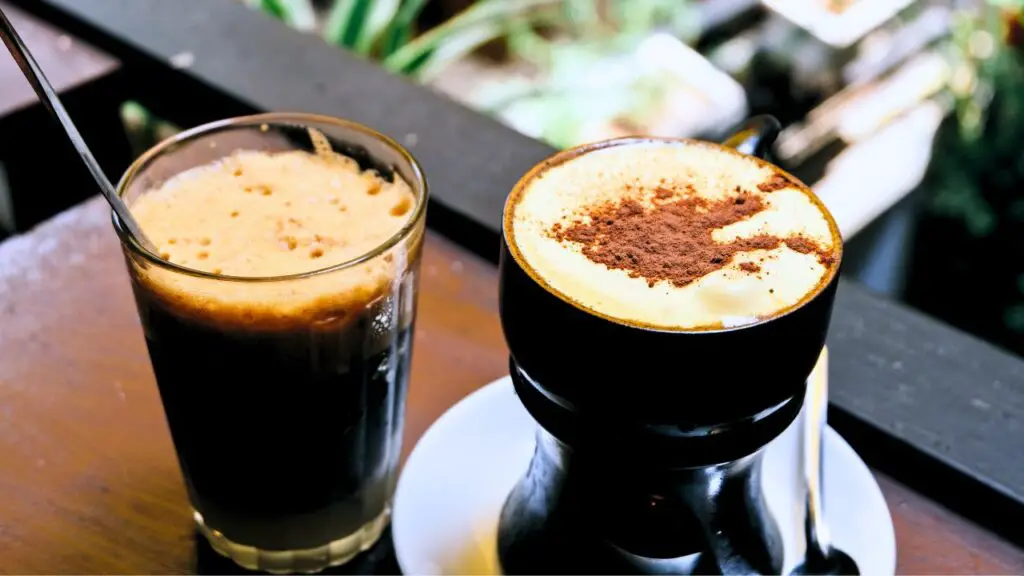
When it comes to pairing Pig’s Ear Cookies, I’ve got a few tasty suggestions that really bring out their flavors. Here are my top pairing suggestions for Pig’s Ear Cookies:
- Hot Tea: Jasmine or green tea balances the sweetness perfectly.
- Coffee: Dip the cookies in rich, bold coffee for a delicious contrast.
- Tropical Fruits: Serve with mango or pineapple for a refreshing, fruity pairing.
- Dessert Platter: Combine with other Vietnamese treats like sesame balls or coconut jellies for an impressive spread.
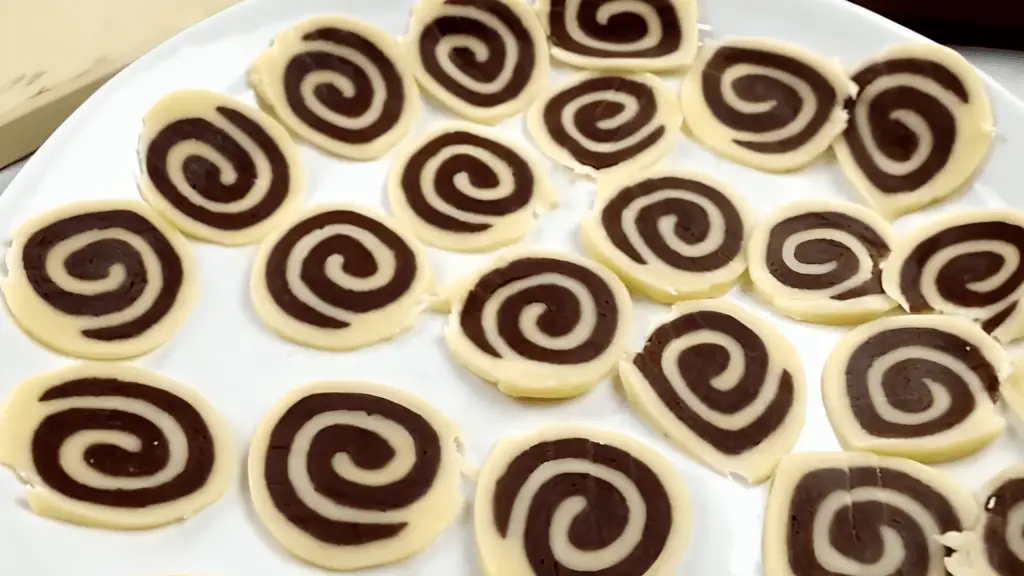
How to Store Vietnamese Pig’s Ear Cookies and Keep Them Fresh
Storing these cookies properly is key to keeping them crispy and delicious for as long as possible. Here’s how I do it:
- Cool Completely: First, I always make sure the cookies are completely cool before storing them. Any leftover warmth can create moisture, which can make the cookies soggy.
- Use an Airtight Container: I recommend storing the cookies in an airtight container. This keeps out any moisture and helps maintain that perfect crunch.
- Separate Layers: If you’re stacking the cookies, I suggest placing a piece of parchment paper between each layer. This prevents them from sticking together and getting damaged.
- Store in a Cool, Dry Place: I like to keep my container in a cool, dry place, away from direct sunlight. This helps the cookies stay fresh for longer.
- Re-crisp If Needed: If the cookies lose some of their crispiness over time, here’s a little trick I use—just pop them in the oven for a few minutes at a low temperature. They’ll come out as good as new!
Top Tip: For extra crispiness, try using 100g all-purpose flour and 70g rice flour instead of 170g all-purpose flour.
You Will Like This Also: Check out the Nankhatai cookies recipe here, to make these delicious Indian shortbread cookies! They’re wonderfully crumbly and packed with flavor—perfect for a tasty treat anytime.
I’d Love to Hear from You!
Got questions about the recipe or want to share your own tips? Drop a comment below—I’d really love to hear from you! Feel free to share your experience making these delicious Vietnamese Pig’s Ear Cookies. Your feedback and stories make this journey even more fun.
